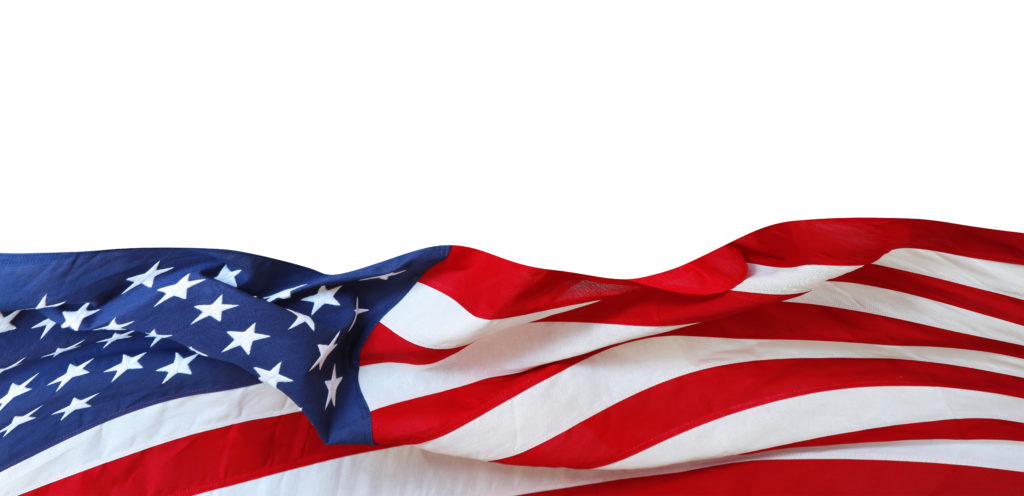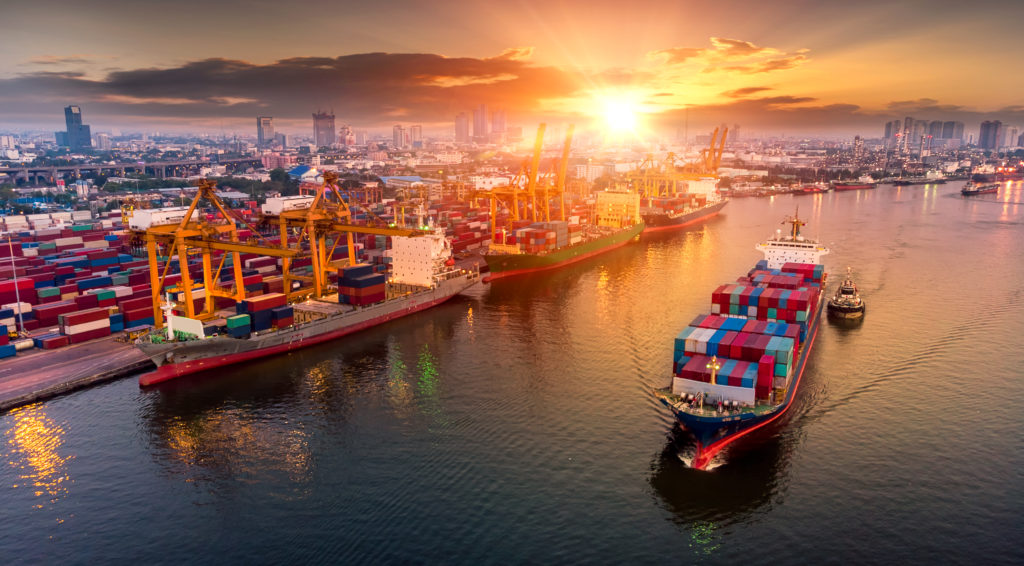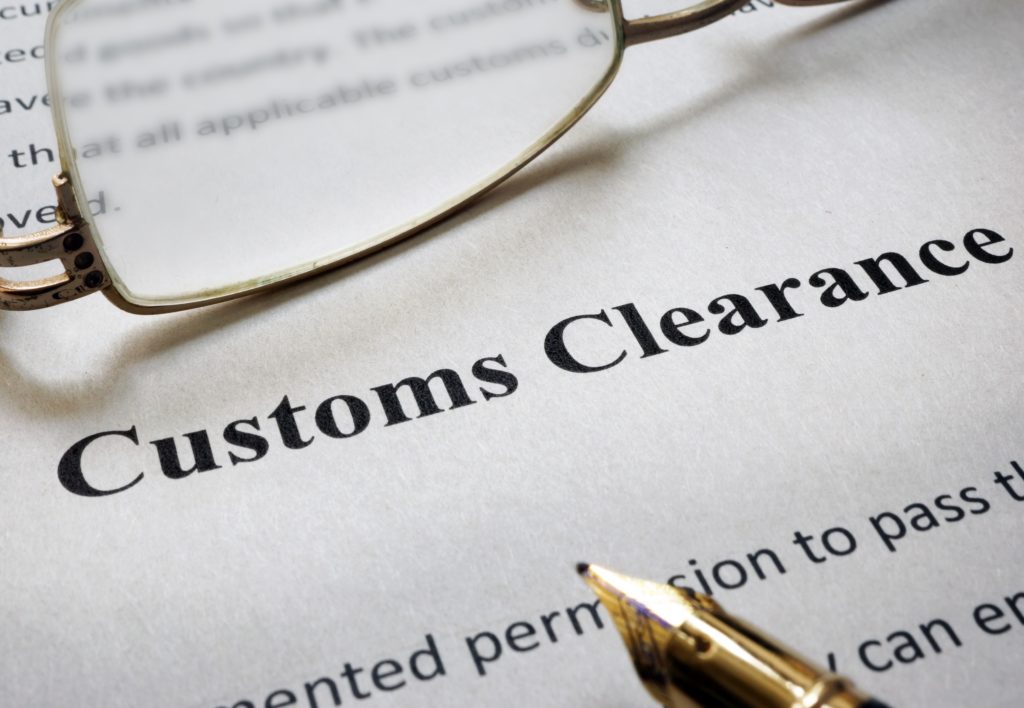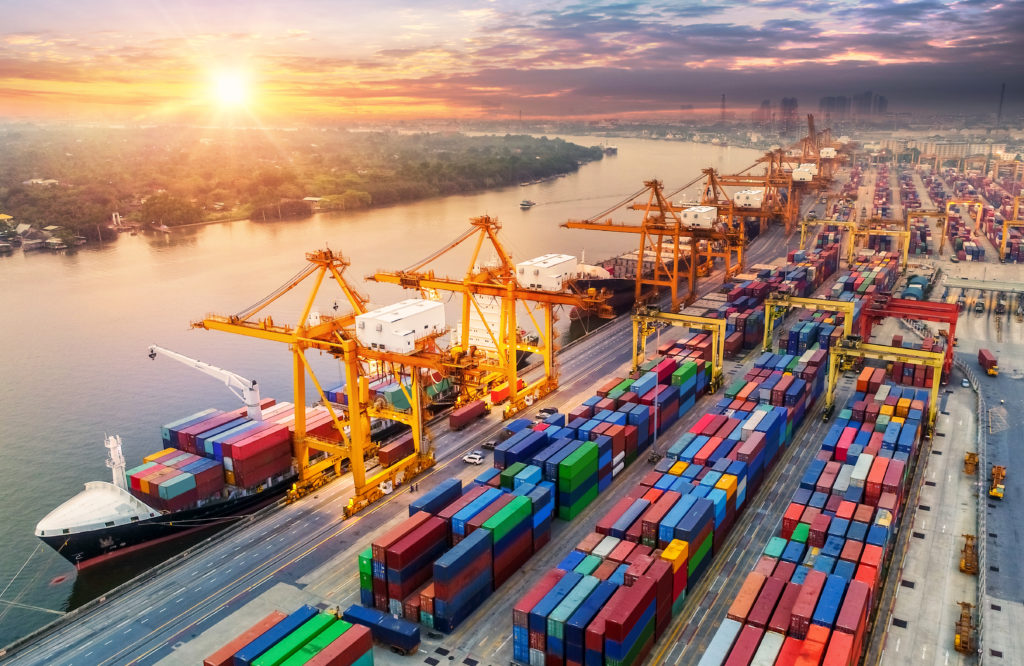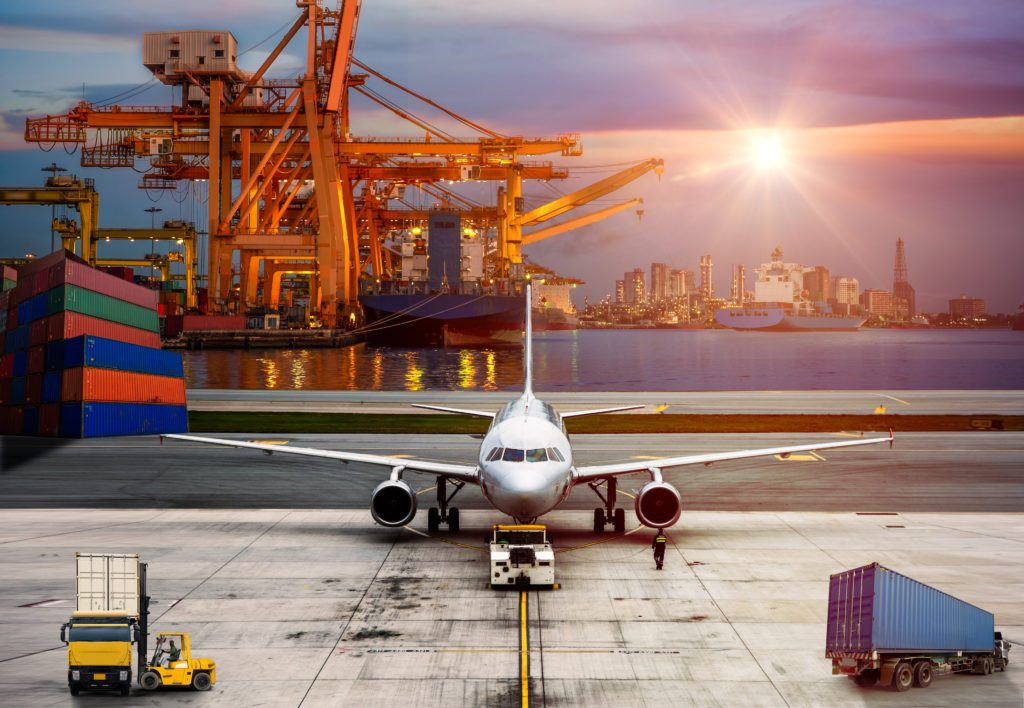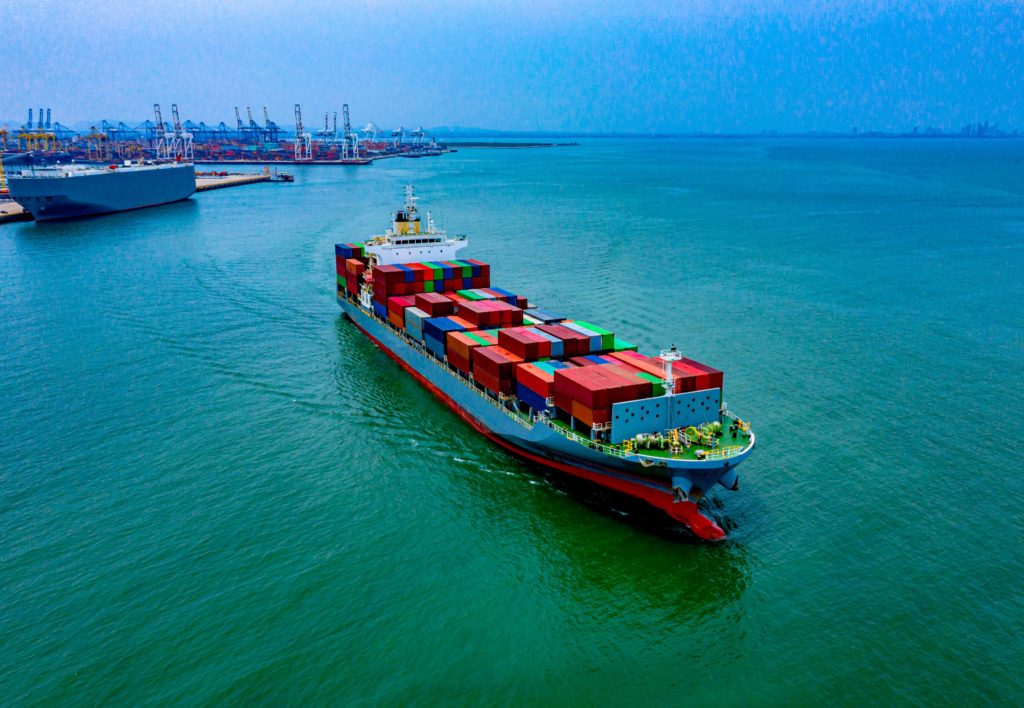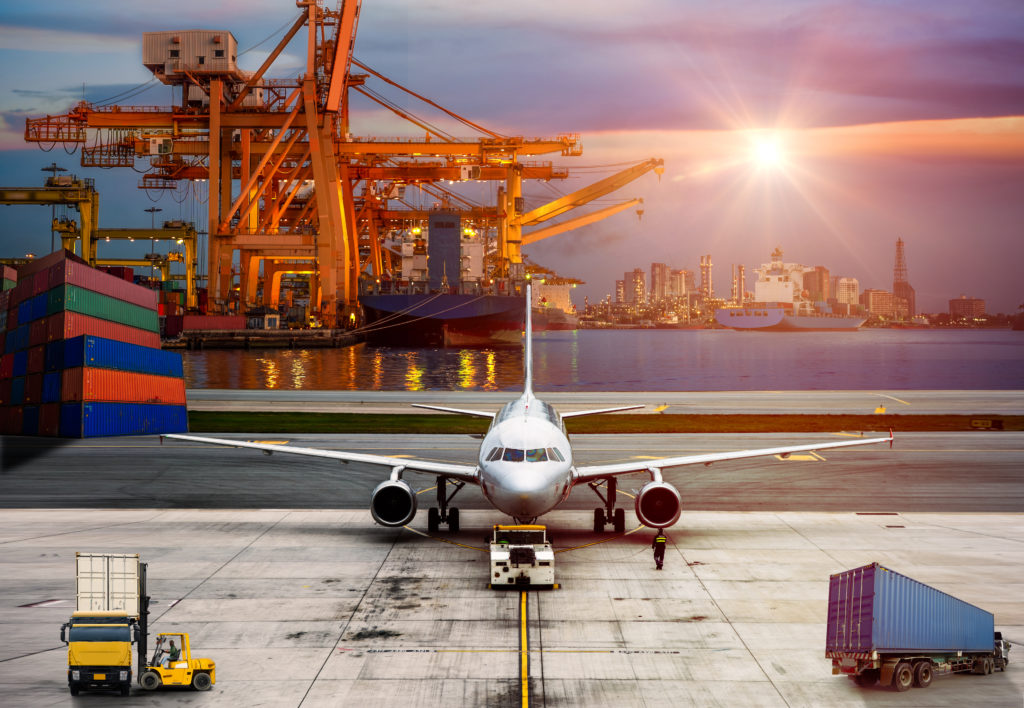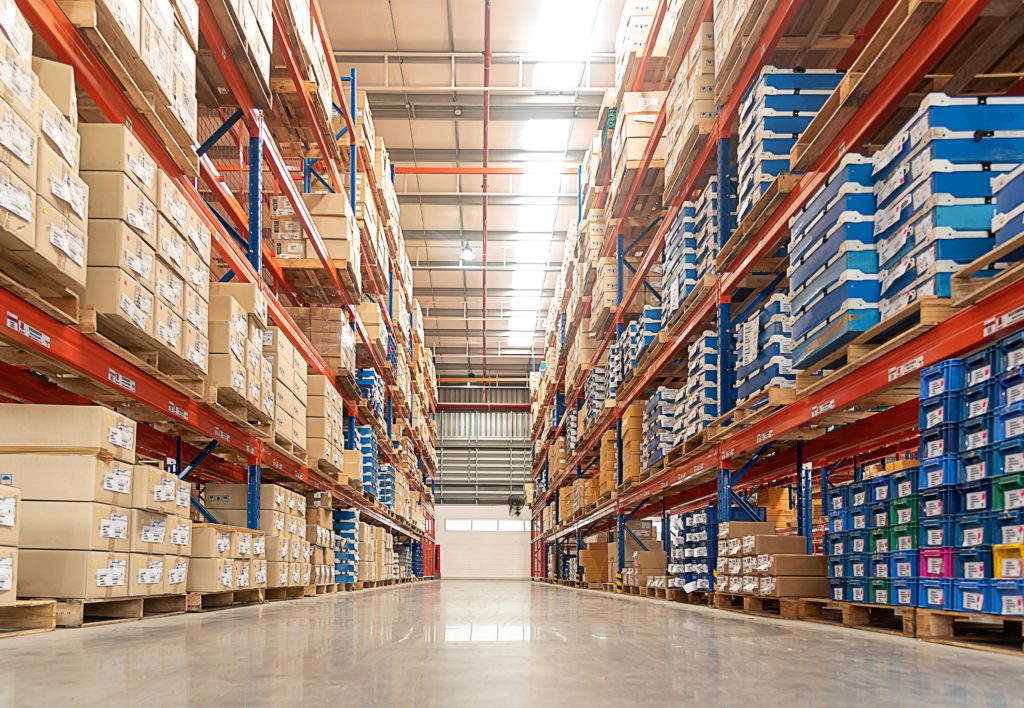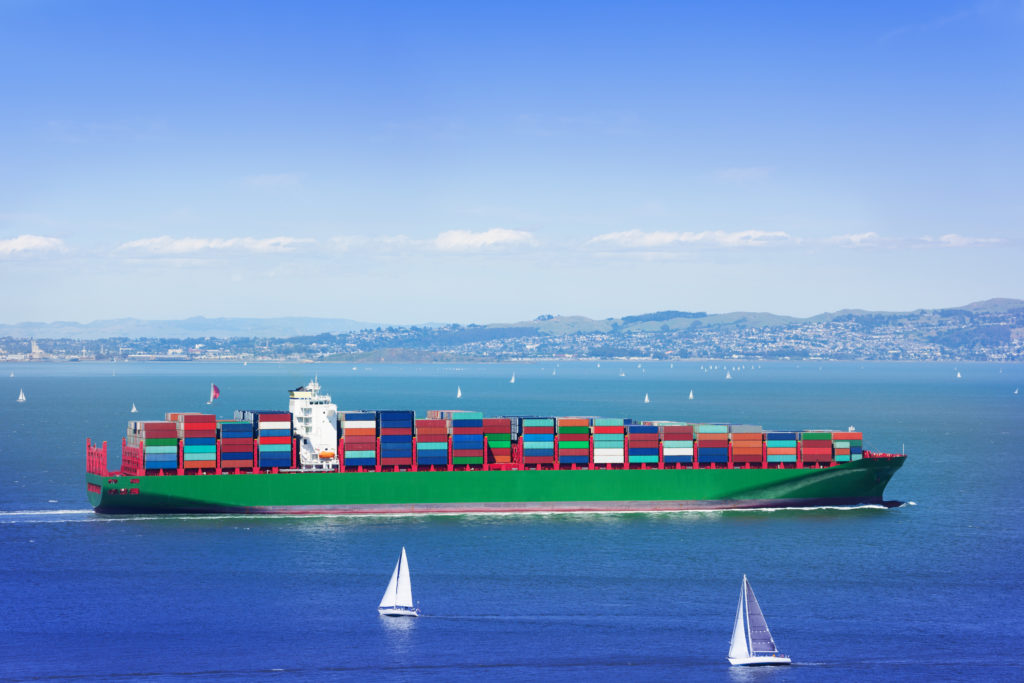Country of Origin
Country of Origin
Country of Origin of Imported Merchandise
The United States is a major importer of goods from around the world. Every year, billions of dollars worth of merchandise is brought into the country from foreign nations. The country of origin of merchandise imported into the customs territory of the United States is important for several reasons. The country of origin of merchandise can affect, among other things, the rate of duty, the eligibility for special programs, admissibility, quota, procurement by government agencies and marking requirements.
Knowing the country of origin of imported merchandise is important for various reasons, such as:
- Economic Implications: Importing goods from certain countries may have a significant impact on the US economy, particularly in relation to trade balances, employment, and GDP growth.
- Political Implications: The country of origin of imported goods can also have political implications, particularly if the importing country has a contentious relationship with the US.
- Consumer Preferences: Some consumers are particular about where their products come from, particularly if the country of origin is known for producing high-quality goods.
- Safety Regulations: Certain products, such as food and medicines, must comply with US safety regulations. Knowing the country of origin of these products is essential to ensure they meet the necessary standards.
The importer of record is responsible for using reasonable care to classify and determine the value and country of origin of imported merchandise and to provide any other information necessary to enable the Customs and Border Protection (CBP) to assess duties properly, collect accurate statistics, and determine whether other applicable legal requirements, if any, have been met.
How to Determine the Country of Origin
Determining the country of origin of imported merchandise is not always straightforward. The US Customs and Border Protection (CBP) uses the “substantial transformation” test to determine the country of origin of a product. This test evaluates whether a product has undergone a significant transformation in a particular country, such that it can be considered a product of that country.
The CBP uses various criteria to determine substantial transformation, such as the nature of the manufacturing process, the value added to the product, and the country of origin of the components used to manufacture the product.
In addition, importers are required to provide documentation that shows the country of origin of their products. This documentation typically includes a certificate of origin, which is a document provided by the manufacturer or exporter that confirms the country of origin of the product.
The failure of an importer of record to exercise reasonable care may delay release of the merchandise and, in some cases, result in the imposition of penalties and in the loss of special duty privileges, detention or exclusion of goods at the time of admission, or a demand for redelivery of the articles to Customs custody.
In-Depth Coverage: Country of Origin
- Country of Origin of Imported Merchandise
- Customs Ruling: Country of Origin
- Country of Origin: Food Products
- Country of Origin: Chemical and Pharmaceutical Products
- Country of Origin & Country of Manufacture: CBP vs. FDA
- Country of Origin: Substantial Transformation or Country of Assembly Test
- Country of Origin and Free Trade Agreement
- Country of Origin and Section 301
Country of Origin and Substantial Transformation Standard
Customs Regulations 19 CFR Section 134.1(b) defines the country of origin as the country of manufacture, production or growth of any article of foreign origin entering the U.S. Further work or material added to an article in another country must effect a substantial transformation in order to render such country the country of origin within the meaning of Part 134 of the regulations.
A substantial transformation occurs when a new and different article of commerce emerges from a process with a new name, character or use different from that possessed by the article prior to processing.1 However, a substantial transformation will not result from a minor manufacturing or combining process that leaves the identity of the article intact.2.3
The essence of the substantial transformation rule is that whether operations and/or materials added to products in the country of exportation are of such a substantial nature so as to justify the conclusion that the resulting product is a manufacture of that country.
In-Depth Coverage: Marketing and Advertising Compliance
- Federal Trade Commission (FTC) Advertising Rules
- Made in USA Standard
- FTC Regulation on Environmental Claims
- Adverting and Marketing on the Internet
- Label Claims for Conventional Foods and Dietary Supplements
- Dietary Supplement Advertising: What is FTC's Truth-in-Advertising Law?
- USDA Country of Origin Labeling (COOL)
- FTC Rules & Regulations on Food Advertisement
In determining whether the combining of parts or materials constitutes a substantial transformation, the determinative issue is the extent of the operations performed and whether the parts lose their identity and become an integral part of the new article.4 If the manufacturing or combining process is a minor one that leaves the identity of the imported article intact, a substantial transformation has not occurred.5
CBP considers the totality of the circumstances and makes such determinations on a case-by-case basis. Factors such as the resources expended on product design and development, the extent and nature of post-assembly inspection and testing procedures, and worker skill required during the actual manufacturing process will be considered when determining whether a substantial transformation has occurred. No one factor is determinative.
Recognizing that many complicated factors may be involved in origin issues (raw materials are from one country while the product is assembled in another), an importer may wish to obtain a binding ruling from CBP.
In-Depth Coverage: Importing Medical Device
Country of Origin and Country of Manufacture: CBP vs. FDA
When FDA regulated products are imported into the United States, the country of origin of the imported products must be reported to both CBP and the FDA. Unfortunately, the country of origin for the purpose of the report to CBP and FDA can be different. This disagreement is because the FDA generally determines the country of origin based on the last country of manufacture, while CBP considers the country of origin to be the last country where processing resulted in a substantial transformation. Read more…
Country of Origin and Section 301 Trade Remedy
Substantial transformation analysis is applied to determine the country of origin when the product under consideration is subject to antidumping, countervailing, or other safeguard measures, including Section 301, Section 232, and Section 201.
Section 301 procedures apply to foreign acts, policies, and practices that the United States Trade Representative (USTR) determines either (1) violate, or are inconsistent with, a trade agreement; or (2) are unjustifiable and burden or restrict U.S. commerce.
Section 301 tariffs were imposed on Chinese products in response to the investigation of the Office of the United States Trade Representative (USTR) that found the government of China was engaging in unfair trade acts, policies, and practices related to the unreasonable and discriminatory transfer of American technology, intellectual property, and innovation. This is a group of tariffs to be assessed on certain products from China. Section 301 duties only apply to products of China and are based on the country of origin, not the country of export. These duties are eligible to be refunded through drawback when the product is exported.
Please monitor the CBP website frequently for the most current information: Section 301 Trade Remedies to be Assessed on Certain Products from China
- United States v. Gibson-Thomsen Co., Inc., 27 C.C.P.A. 267 (C.A.D. 98) (1940).
- United States v. Gibson-Thomsen Co., 27 C.C.P.A. 267 (1940).
- National Juice Products Association v. United States, 628 F. Supp. 978 (Ct. Int’l Trade 1986).
- Anheuser-Busch Brewing Ass’n v. United States, 207 U.S. 556, 562 (1908)
- Uniroyal, Inc. v. United States, 3 C.I.T. 220, 542 F. Supp. 1026 (1982).
In-Depth Coverage: Importing Cosmetics
In-Depth Coverage: Customs Valuation
In-Depth Coverage: USDA-Regulated Products
- Importing USDA-Regulated Food Products
- Import Regulation by USDA Agricultural Marketing Service (AMS)
- Food Products – FDA or USDA Regulated
- Country of Origin Labeling
- Importing Animals, Animal Products, and Biologics into the US
- Importing Meat, Poultry, and Egg Products into the US
- Labeling and Marking of Imported Meat, Poultry, and Egg Products
- USDA National Organic Program (NOP)
- Agricultural Safeguards and USDA Licensing
Customs Clearance and Import Requirements
- Entry of Imported Merchandise
- What is Section 321 Entry?
- What is Automated Commercial Environment (ACE)
- What is an Automated Broker Interface (ABI)?
- Who is Ultimate Consignee?
- What is Non-Resident Importer Program?
- Country of Origin of Imported Merchandise
- What is the Country of Assembly?
- What is the FDA's Country of Manufacture?
- Marking of Country of Origin on U.S. Imports
- What is Customs Bond?
- Reconciliation Prototype and Bond Rider
- Who Needs a Customs Broker?
- What is Customs Ruling Program?
- Classification of Imported Goods
- How is imported merchandise appraised?
- What are Import Quotas?
- What are Trade Remedy Duties?
- Antidumping Duty (AD) and Countervailing Duty (CVD)
- What is Foreign Trade Zone (FTZ)?
- What is Importer Security Filing (ISF)?
- What is Temporary Importation under Bond (TIB)
- What is In-Bond Process?
Quick Link To U.S. Customs & Import Requirements
FDA-Regulated Products and Import Requirements
- What is Food Safety Modernization Act (FSMA)?
- Prior Notice of Imported Foods
- Food Facility Registration
- Risk-Based Preventive Controls for Human Food
- Risk-Based Preventive Control for Animal Food
- Standards for the Growing, Harvesting, Packing, and Holding of Produce for Human Consumption
- What is Foreign Supplier Verification Program (FSVP)?
- Protect Food against Intentional Adulteration
- FDA Regulated Product in Foreign Trade Zone (FTZ)
- Entry Review Process for FDA Regulated Products
- Country of Origin VS Country of Manufacture
- Foods Regulated by FDA or USDA: What is the Difference?
- Label and Labeling Claims for Conventional Food and Dietary Supplements
- What is USDA Country of Origin Labeling (COOL)?
- Import for Export of FDA Regulated Products
- FDA Regulated Products in Personal Baggage or Sending by Mail or Courier
- International Mail Facility (IMF) and FDA Regulation
- Importing Biological Product Regulated by CBER
- Importing Cosmetics and Voluntary Cosmetic Registration Program (VCRP)
- Importing Drugs into the U.S.
- Importing OTC Drugs into the U.S.
- Importing Veterinary Drugs into the U.S.
- Importing Tobacco Products into the U.S.
- Importing Medical Devices into the U.S
- Importing Food Products into he U.S.
- Importing Radiation-Emitting Products into the U.S.
Guidance on customs & logistics solution for traditional and e-commerce importers and exporters
Customs Clearance
All goods imported into the U.S. are required to be declared to CBP. Our customs broker will help you stay in compliance with customs laws and regulations and clear your goods quickly and efficiently with our electronic Automated Commercial Environment (ACE) and Automated Broker Interface (ABI) Single Window System.
Freight Forwarding
Looking for a freight forwarding partner? To move your cargo from its current location through customs to its final destination we will partner with you to find the best way for your business. Whatever your transportation, logistics or customs clearance needs, we will do our best to customize a solution for your needs.
Warehousing & Distribution
Our warehouse facility offers great potential for serving as a regional hub with over 145,000 SF storage capacity close to Los Angeles Airport & Los Angeles/Long Beach Sea port. With our extensive experience in freight services, your import/export cargo will be handled quickly and effectively.
Importer Security Filing (ISF)
An ISF is required when cargo (ocean only) laden on vessel at a foreign port is destined for shipment to the U.S. Under ISF rule, some importing information and details regarding cargo must be transmitted to the CBP at least 24 hours before goods are loaded onto the vessel, or at least 24 hours prior to the departure to the U.S.
Section 321 Entry
Section 321 entry allows importing free of duty and tax for shipments imported by one person on one day having a fair retail value in the country of shipment not more than $800. We provide our resident and non-resident clients with dedicated ACE eManifest solutions for Section 321 entry of all modes of transportation.
E-Commerce
The Internet has made it easy to find and purchase items from almost anywhere in the world. Our e-commerce experts will help you find the right solution for your international transportation, customs clearance, and delivery to your final destination. We also provide value-added repackaging, warehousing and distribution services.
Non-resident Importer Program
If you want to sell your products in U.S. marketplaces, but you are a business owner located outside of the U.S. and do not have an entity or presence in the U.S., you need to be established as a Foreign Importer of Record before your products can be imported into the U.S. We can help you.
Design your own logistics
To move your cargo from its current location through customs to its final destination we will partner with you to find the best way for your business.
